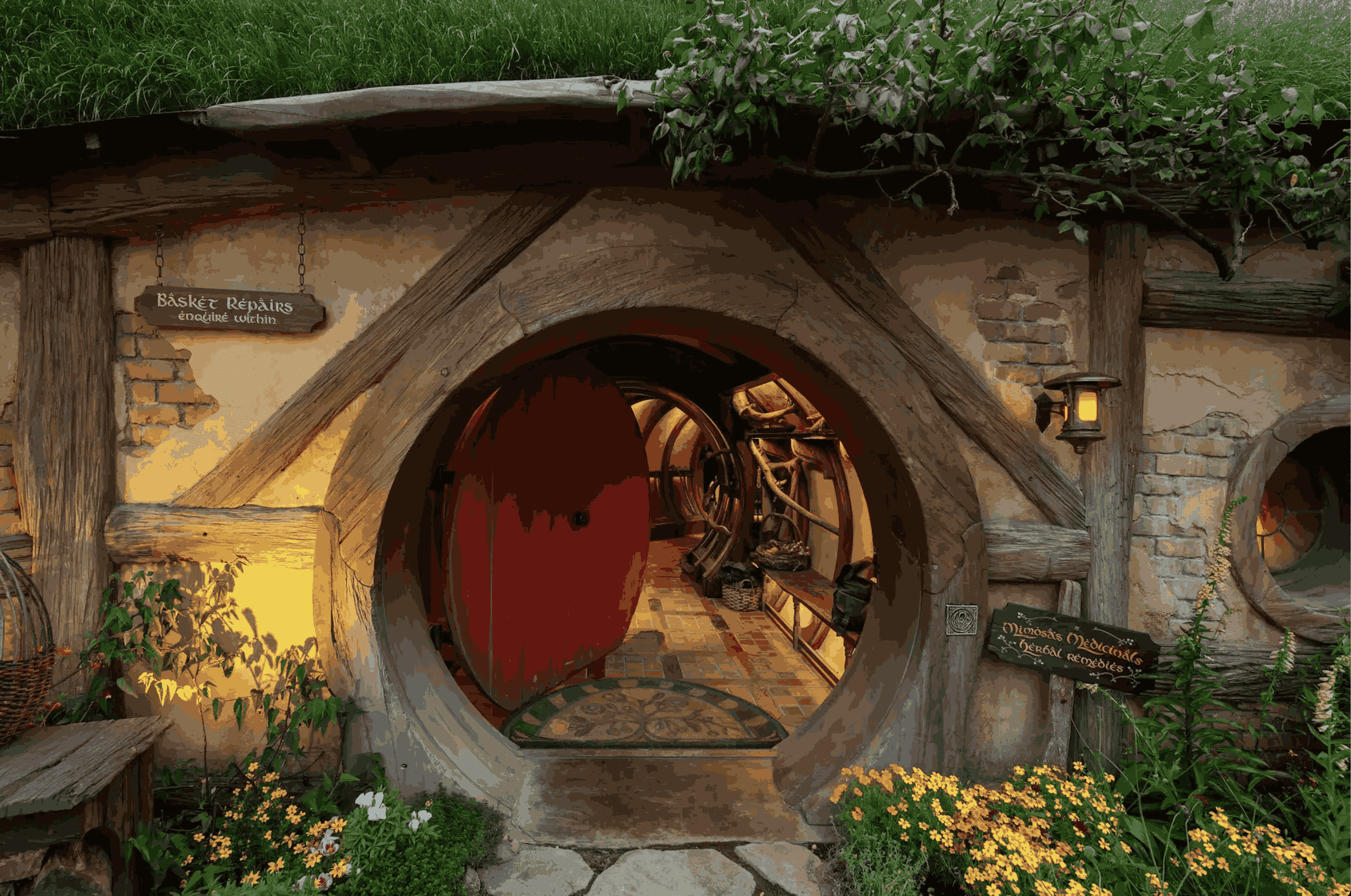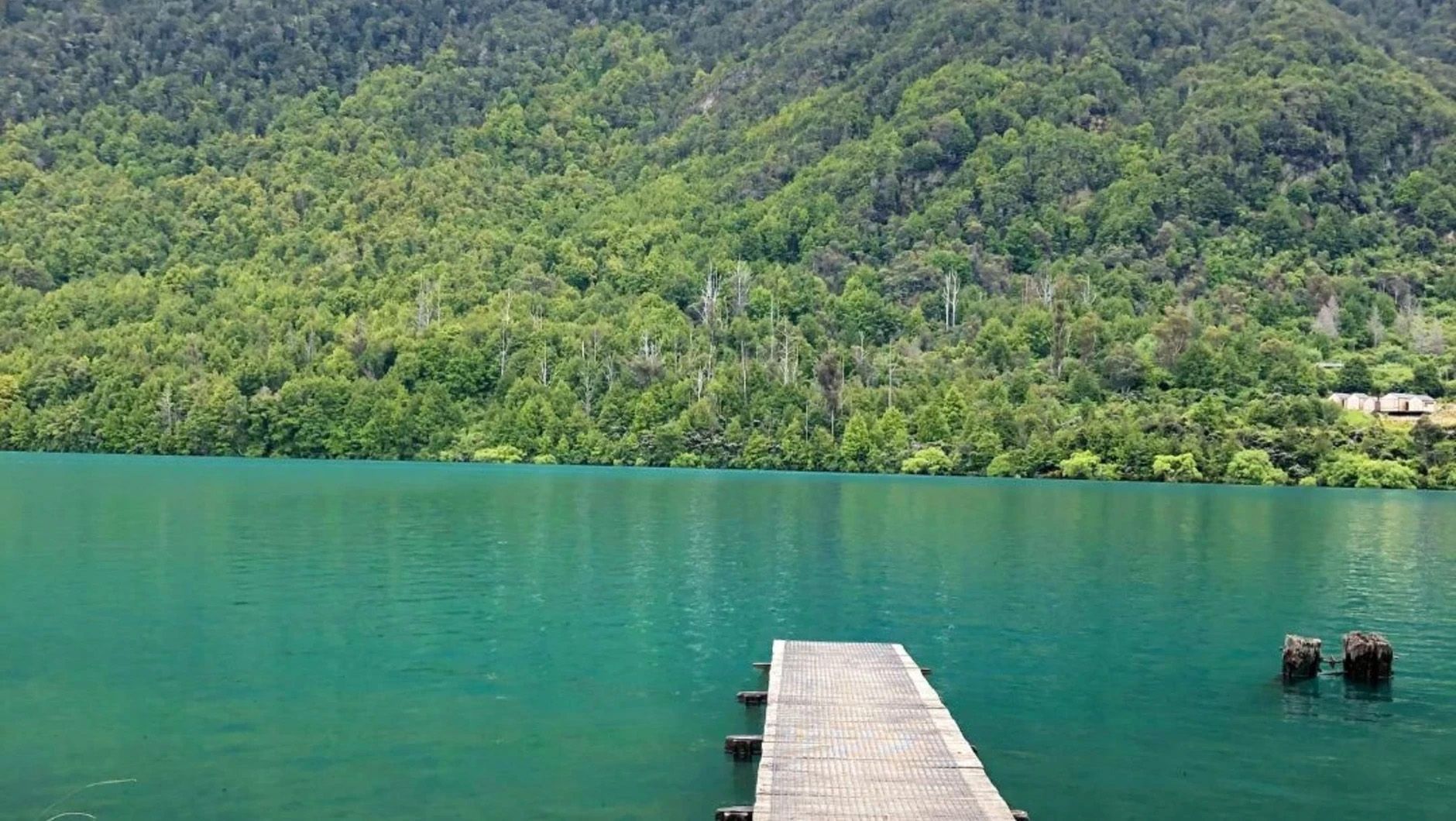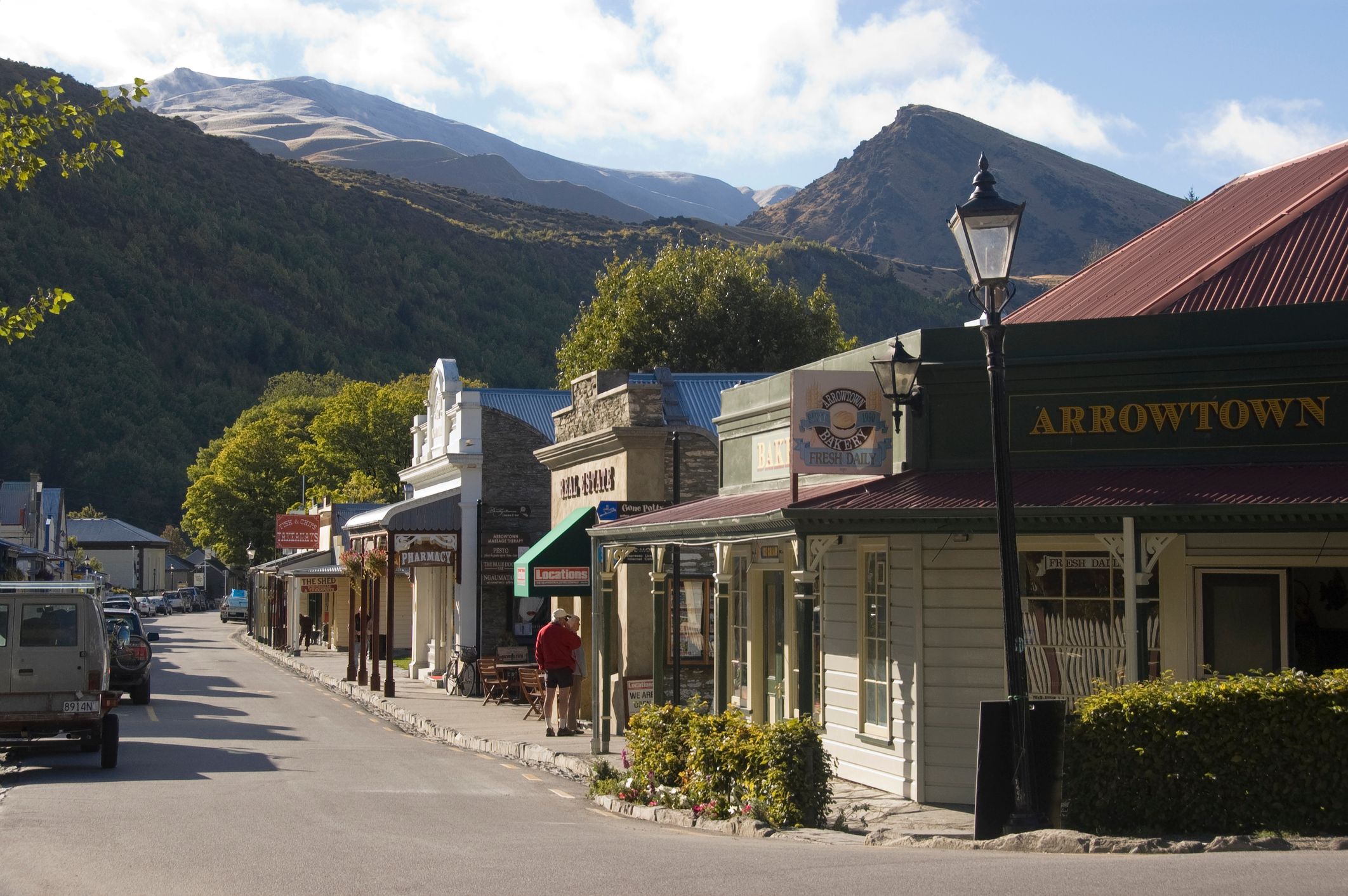On a map, inanimate and plain, the drive from Queenstown to Glenorchy, in the South Island of New Zealand, is roughly 40-odd kilometres. It takes under an hour on the country’s largely sparse but delicately carved-out roads.
In reality, it translates to enough time for introspection—at some point on this trip, you are likely to give into sharing your thoughts with your co-passenger on wishing to move here and add to the country’s limited population. During the trip, you’re most likely to let out at least one quiet sigh of longing and wishing that time would stand still, like it does here.
And we’re not even talking about the view yet. One of several spectacular driving routes in New Zealand, this is where a single path can snake through mountains and lakes, miles spent in (relative) solitude, with the occasional group of weka, one of the country’s native flightless birds, hopping across the road. (New Zealand does not have any predators, the non-human kind, so several birds settled there don’t have any reason to fly. They, therefore, have either forgotten to do so or just don’t bother.)
It’s February, nearing autumn, in one of the southernmost regions of the world, when the temperatures have cooled down a bit post-summer. Glenorchy, up to the north-east of Queenstown, is as cinematic as most of rugged New Zealand: reason why films like The Lord of the Rings and The Hobbit were shot here. It’s also a trekkers’ paradise—there is also a settlement called Paradise, which was the setting for the Elven realm of Lothlorien in the LOTR films—and you could just get out of the car anywhere and trot off into the mountains.

The temptation to do that is strong, but so is the need to discover where the road leads when setting off from Queenstown, the pretty little tourist hotspot that hugs a hill and a lake and offers many of New Zealand’s exciting adventure sports.
Minutes into the journey, you realise that just driving down a road (my wife, two friends and I, in that enduring utility vehicle, the Toyota Rav4) can sometimes be as thrilling as jumping off a cliff or a plane or rolling down a hill in an inflatable ball or searching for a kiwi, which, I later realised, don’t potter about in the wild. The spectacular stretch, in which you go up and down mountainous roads on one side with the majestic Lake Wakatipu on the other, includes a sky so clear and near that you are tempted to reach for it.
One could argue that finding virtues in a sky is, for a Mumbai resident more used to haze and AQI, not fair play. But when the sky gives an illusion of getting closer as you drive up an incline, the effects can be mildly hallucinatory.
Along the route, Lake Wakatipu merges with the sky, its clear blue waters shimmering in the sunlight. We pull over into Bob’s Cove, amid campers and sunbathers, for the customary pics. Then there is a short walk through the forest leading up to another view of the lake. An attempted dip in the water, which feels cold enough to induce hypothermia in seconds, fails immediately even as I see a nonchalant toddler play in the water with his father.

There are other possible stops along the way that we skip, like Sunshine Bay, known for its spectacular views and an easy hike; Moke Lake, which is a bit of a detour but offers kayaking and camping; Bennetts Bluff, which looks too crowded (by New Zealand standards); and Wilson Bay for its pebbled beach, among others.
The return drive feels lonesome, as the end of any great journey does. But it also evokes memories of other similar, underrated routes. In the past, I’ve rented a car to drive southwards from Galway in Ireland, flanked by mountains on one side and the North Atlantic Ocean on the other, or down Murud from Alibaug in Maharashtra clutching the Arabian Sea.
But this, somehow, felt like the pinnacle of wonderful drives in New Zealand. And two days later, I found myself on another astonishing—if different—route.
The beginning of the journey did not set us up for what’s to come: Queenstown to Arrowtown, slightly north-east, past Cromwell further east and up north to Twizel. It takes under 30 minutes to get to Arrowtown, a picture-perfect town straight out of a Wes Anderson movie set.
Up the stairs in a little alley off the main street is the Dorothy Browns cinema, which houses a gin bar and books and is the antithesis of the multiplexes we are familiar with. Further down the street is an Enid Blyton-esque post office, which looks so charming that you buy a post card and send it to yourself just because you want to enter the PO.
Arrowtown to Cromwell is another 40-odd minutes and less than 50 kilometres away on a state highway, but the real surprise awaits us on the next leg of the journey.

If Arrowtown was Wes Anderson, Cromwell to Twizel is George Miller. The Lindis Pass, which links the Mackenzie Basin with central Otago, is stark, dramatic, and raw. At an altitude of over 970 metres, it is surrounded by tussock grasslands, weathered hills and absolute desolation. For miles, not a single car passes by. There are no rest stops or services, no shops on the side of the road or even a McDonald’s. The colours of the landscape start to play tricks on your eyes as the sun peeks out and hides alternatively.
When an occasional car passes by, you feel relief, knowing that you might be on the right track and not fallen into an alternate universe. Time stands still, so much so that the other three passengers in my car fall asleep, covering their heads with scarves as protection from the sun’s glare, which can be sharp in moments.
This landscape changes dramatically in the winter, when snow covers the mountains and the red-brown hues of the surroundings are layered in white. We get to Twizel, a ski town with the feel of a cowboy Western minus the horses, as if emerging from a tunnel. Further north are more lakes and mountains, like Lake Tekapo, and the hikes of Mt Cook, but the starkness of Lindis Pass is difficult to shake off.
New Zealand, I am told by our guide on another unbelievable drive down to Milford Sounds from Queenstown, takes great pride in preserving its natural state of being. It’s the reason why tourists can’t bring into the country a number of things (besides fruits, vegetables, honey and dairy, dirty hiking shoes are not allowed to enter the country), lest they let loose some unknown pest that would attack their trusting walking birds, comatose sheep, and the creators of the wonderful Manuka honey.
It's a pity those birds tootle across the roads. They would get so much more if they just flew over these lands and take it all in—the purity, clarity, and the rarity.
SHOTGUN RULES
Hiring a car in New Zealand is fairly easy. Most of the big international rental companies, like Budget, Sixt, Avis and Europcar offer their services here. Bookings can be made online, through their websites like Booking.com.
For Indians, driving in the New Zealand is simpler because it’s on the same side of the road. Besides, it has perks like fewer vehicles, better roads and driving etiquette.
A vehicle can be picked up and dropped off at different locations in bigger cities like Christchurch, Auckland or Queenstown. Cities and airport pick-ups also allow for a wider range of choices among cars as opposed to a small town.
A four-day hire costs approximately ₹50,000, including insurance, tolls and an extra driver, but excluding fuel. An Indian driver’s licence can be used to hire the car, but it’s advisable to hold an international driving permit as well.



